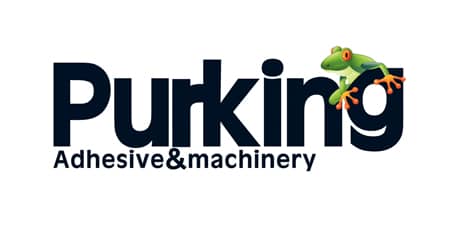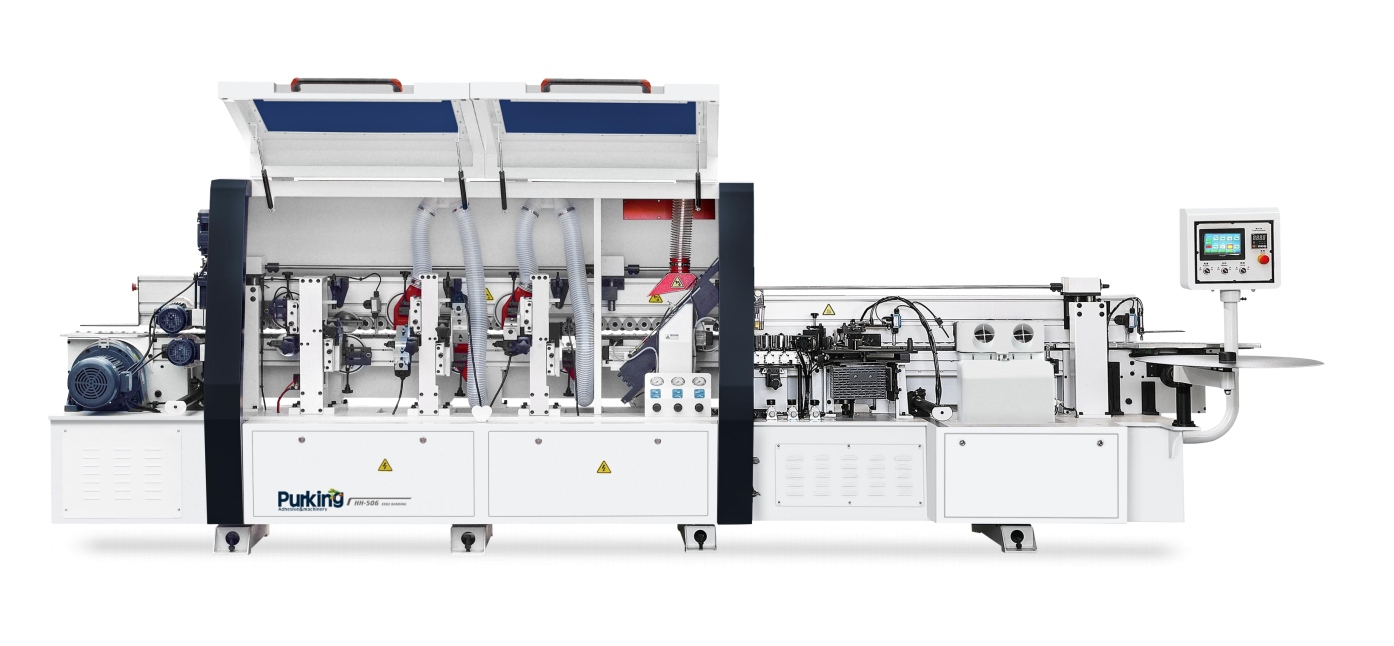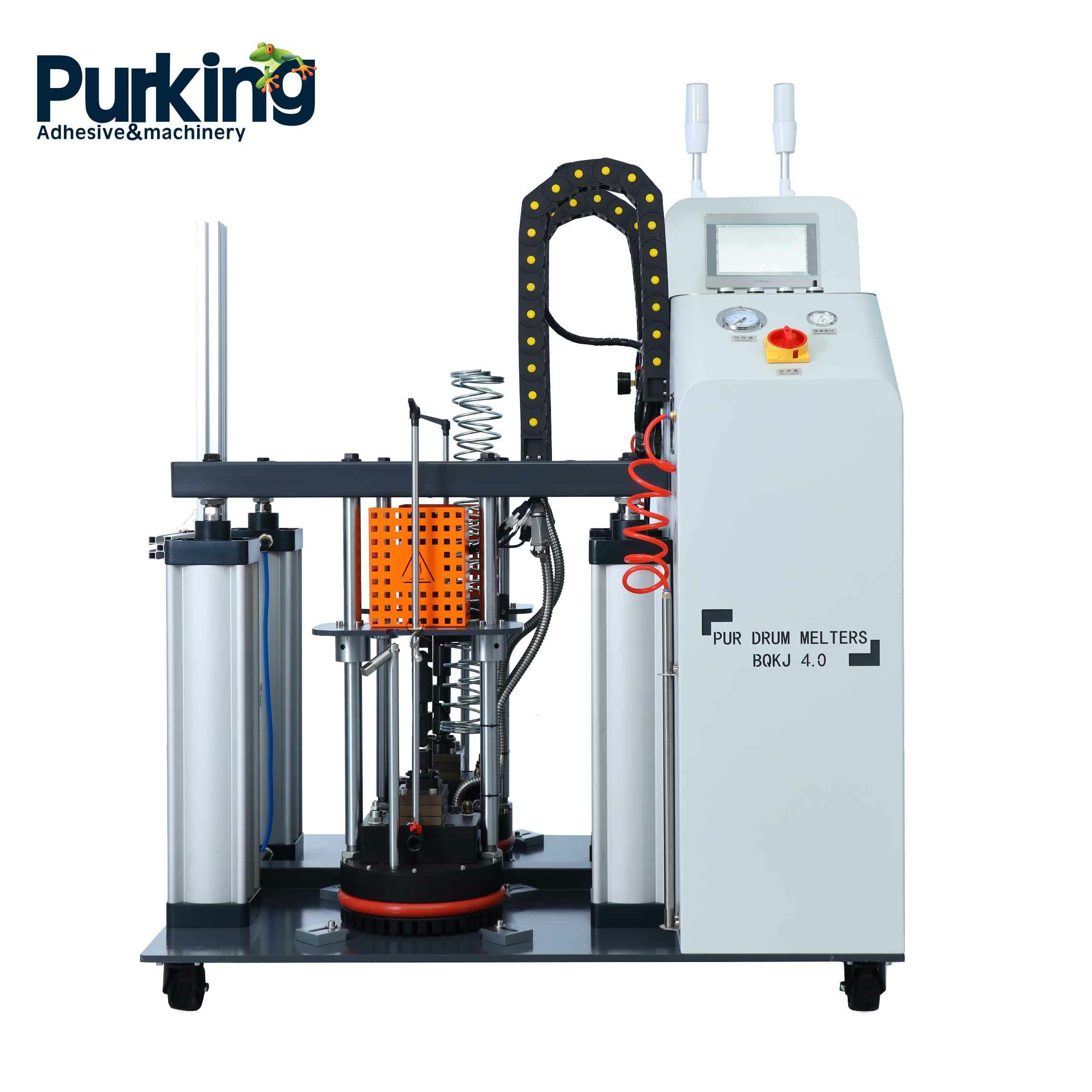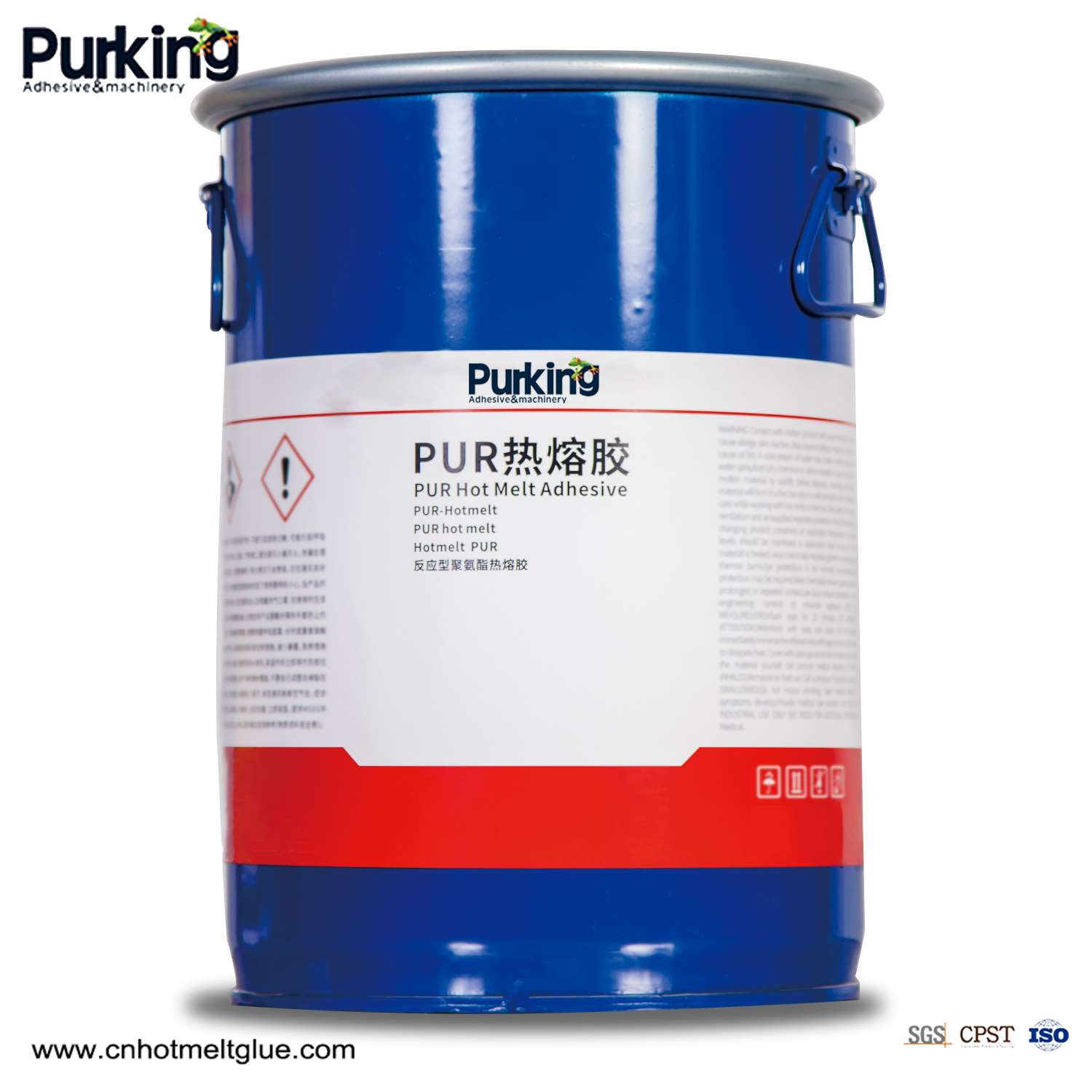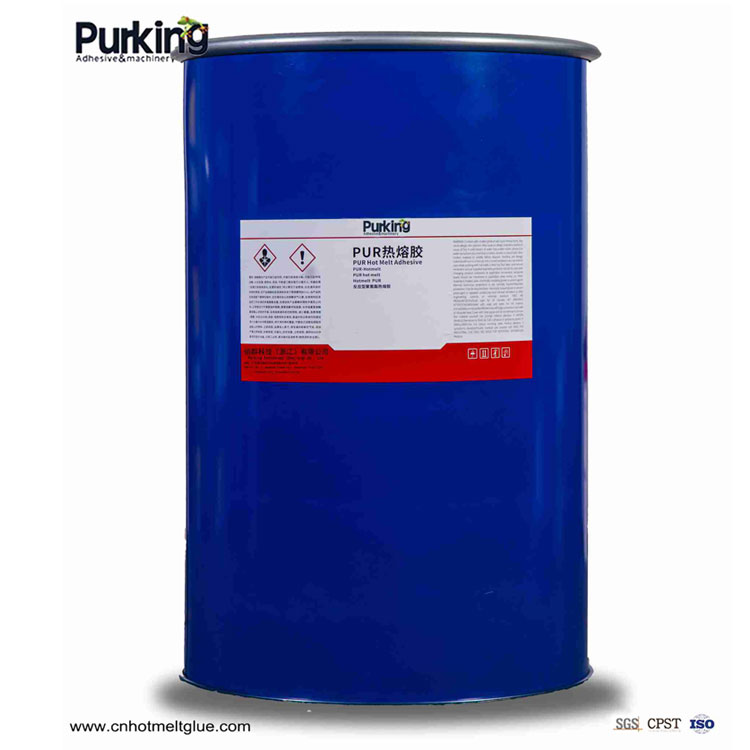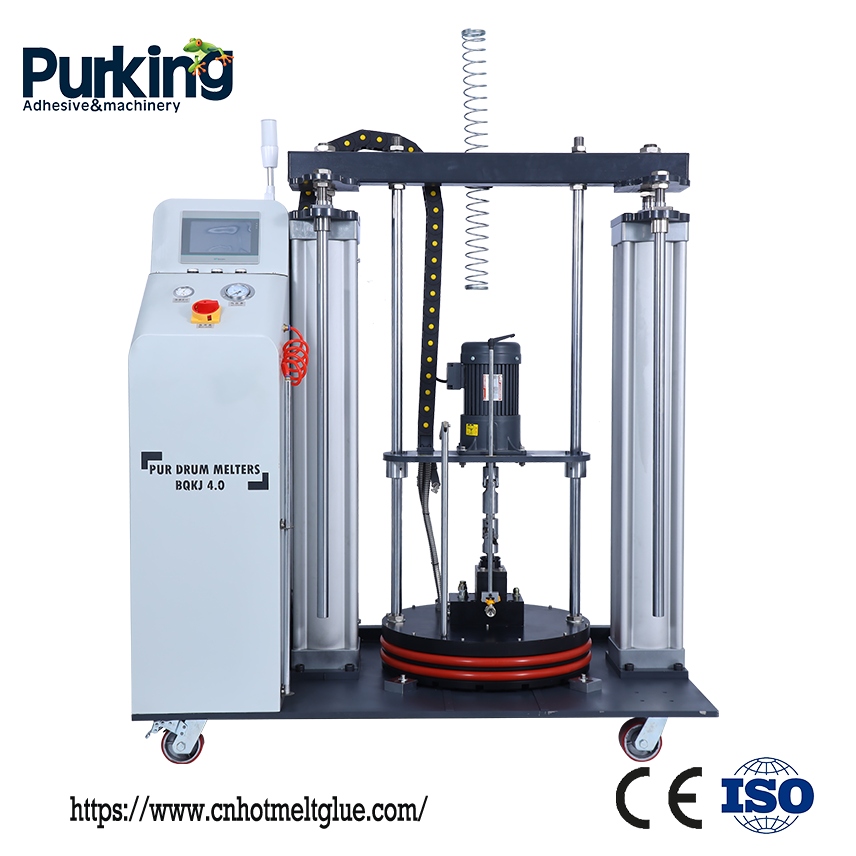Speaking of artificial wood adhesives, everyone immediately thinks of formaldehyde and air pollution, and then various diseases caused by air pollution... In fact, it is not as serious as we imagined! Let's analyze the wood adhesives used in wood-based panels!
Adhesive Development
Humans have a long history of using wood adhesives. In the 17th and 18th centuries, European and American countries had established adhesive factories. At the beginning of the 19th century, commercial casein was available in Europe, and the commercial production of adhesives gradually developed. In the 1930s, the wood industry began to use phenolic and urea-formaldehyde resins, which led to profound changes in the process and structure of wood products, and later promoted the development of wood-based panels, especially the particleboard industry. Since the 1970s, the output of synthetic resin glue in the world has accounted for more than 80% of the total amount of adhesives, among which adhesives for the wood industry have played an important role. In the 1970s, Japan's woodworking glue accounted for 75% of the total production of adhesives. In 1978, urea-formaldehyde and phenolic resins used in the wood industry in the United States accounted for 37% of the total production of thermosetting resins.
The production of products in the wood processing industry such as plywood, particleboard, medium density fiberboard, laminates, decorative cladding and blockboard requires adhesives with different properties. The emergence of adhesives not only plays an important role in saving wood and simplifying the production process, but also can glue materials with different properties such as metal or plastic with wood materials to make composite materials with various properties, so as to exert the unique functions of wood and provide certain special purposes.
The basic formulation of the adhesive is as follows:
formula
Raw material composition
|
Raw material consumption (g)
|
|
Paraformaldehyde
|
77
|
|
Urea (60% aqueous solution)
|
The first dosage is 19.5; the second dosage is 16.0
|
|
formic acid
|
Appropriate amount
|
|
40% sodium hydroxide solution
|
Appropriate amount
|
Classification of Adhesives
Adhesives can be divided into natural adhesives and synthetic adhesives according to the source of raw materials; according to the state of the heated glue, they can be divided into thermosetting adhesives (liquid at room temperature; solidified when heated), thermoplastic adhesives (solid at room temperature, fluid when heated) And hot-melt adhesive (solid, heating and melting, cooling and solidification); according to water resistance, it can be divided into water-resistant adhesive (such as phenolic resin adhesive), general water-resistant adhesive (such as glue) and non-water-resistant adhesive (such as polyvinyl acetate emulsion) glue, etc.).
Natural rubber
starches. Protein glue class. Among them, animal protein glues include bone glue, hide glue, fish (fat) glue, blood glue made of soluble blood protein and casein glue made of casein in animal milk, and vegetable protein glue includes soybean glue and peanut glue. natural rubber. Inorganic adhesives include sodium silicate, magnesium oxychloride, cement, etc.
synthetic rubber
thermosetting resin. Including phenolic resin glue, resorcinol, epoxy resin, furan resin, amino resin glue (including urea formaldehyde, melamine formaldehyde). thermoplastic resin. Including polyvinyl acetate, polyacrylate, alcohol phenol ester, polyvinyl alcohol, etc. Synthetic rubber. Including neoprene, nitrile rubber, etc.
Amino resin glue
The resins obtained by the reaction of urea and melamine with formaldehyde are all amino resins. Urea-formaldehyde resin is made by polycondensation reaction of urea and formaldehyde. Due to the advantages of low raw material cost, light color, short hot-pressing time, and anti-mildew and anti-bacterial properties, it is used most in the production of plywood, particle board, blockboard, furniture, and sandwich doors. The main factors in the preparation of urea-formaldehyde resin are the molar ratio of urea to formaldehyde, the pH value and concentration of the reaction solution, the reaction temperature and time. By changing these factors to control the polycondensation degree of the resin, resins with different properties can be prepared to meet different needs. Melamine formaldehyde resin or modified resin is widely used for impregnating decorative paper, preparing melamine decorative board or directly pasting on wooden substrates. Its wear resistance, heat resistance, hardness and gloss are all excellent.
Phenolic resin glue
Resin formed by polycondensation reaction of phenols (mainly phenol, resorcinol, cresol) and formaldehyde. Thermosetting phenolic resins are mainly used in wood processing. Due to the different catalysts, the properties of the resins made are also different. If ammonium hydroxide is used as a catalyst, an alcohol-soluble resin can be obtained, which is mainly used to impregnate sulfate paper as a film; if sodium hydroxide is used as a catalyst, a water-soluble resin can be produced; the amount of sodium hydroxide is different, and the prepared Resin molecular weights also vary. Phenolic resin is also widely used to impregnate the kraft paper used for the bottom layer of the decorative board. In order to make the impregnated paper tough, cresol or xylenol is generally added to polycondensate with phenol and formaldehyde. Resorcinol-formaldehyde resin glue can be cured at neutral and room temperature. With cold pressing, it has the best boiling water resistance and weather resistance. The bonding process is simple. It is mostly used for gluing thick wood or boards such as bridges, sleepers and outdoors. components. After the amino resin and phenolic resin are cured, the adhesive layer shrinks and becomes brittle. Adding extenders or fillers makes the adhesive layer have a certain degree of plasticity, which can improve its aging resistance.
hot melt adhesive
Hot melt adhesive, referred to as hot melt adhesive, is a mixture of thermoplastic resins. It is all solid and has certain fluidity at high temperature. After wetting the surface of the adherend and cooling, it becomes solid and achieves adhesiveness. Adhesive fast, less energy consumption, no solvent pollution. In the production of plywood, it is used for veneer splicing, hole filling or edge sealing of some wood-based panels. The main components of hot melt adhesives are polymer resins, tackifiers, extenders, plasticizers, fillers and antioxidants. Hot melt adhesives for woodworking are mainly ethylene-vinyl acetate copolymer, followed by polyamide or polyethylene. Hot melt adhesives have poor heat resistance and are not resistant to oil and organic solvents. Their performance and equipment need to be improved.
Lignin tannin gum
Lignin is a renewable vegetable woodworking adhesive. In recent years, due to the increasing shortage of oil resources, it has been paid attention to. A large amount of lignin in papermaking waste liquid can also be used as adhesive raw material. Now, replacing part of phenolic resin with lignin has been successful. There are many types of plants containing tannins, but the components contained are different. The medium temperature curing adhesive can be made by reacting the tannin of black wattle with formaldehyde.
MDI glue
The scientific name of MDI is isocyanate, which is a very safe and stable compound. It can be used to make artificial blood vessels, heart valves and other artificial organs implanted in the human body. It can also be used to make refrigerator liner materials, Lycra fiber clothing fabrics, etc. MDI ecological adhesive is a kind of downstream products of MDI. MDI glue is used in building materials and used to make various boards
In addition, the polyisocyanate used in recent years can reduce the amount of glue used and shorten the pressing time when used in the manufacture of particleboard. The product can be used outdoors, and its durability and weather resistance are slightly worse than phenolic resin glue; Other rubbers are mixed to improve water resistance. The phenolic resin with high solid content (70-90%) successfully trial-produced in Canada is especially suitable for gluing materials such as straw, rice husk, and wheat straw, and its effect is better than that of ordinary phenolic resin. Neoprene, acrylate and its copolymer emulsion, vinyl acetate homopolymer and vinyl acetate and ethylene copolymer emulsion can be used for wood secondary processing, joinery and wood composite material gluing.
 English
English  Esperanto
Esperanto  Afrikaans
Afrikaans  Català
Català  שפה עברית
שפה עברית  Cymraeg
Cymraeg  Galego
Galego  Latviešu
Latviešu  icelandic
icelandic  ייִדיש
ייִדיש  беларускі
беларускі  Hrvatski
Hrvatski  Kreyòl ayisyen
Kreyòl ayisyen  Shqiptar
Shqiptar  Malti
Malti  lugha ya Kiswahili
lugha ya Kiswahili  አማርኛ
አማርኛ  Bosanski
Bosanski  Frysk
Frysk  ភាសាខ្មែរ
ភាសាខ្មែរ  ქართული
ქართული  ગુજરાતી
ગુજરાતી  Hausa
Hausa  Кыргыз тили
Кыргыз тили  ಕನ್ನಡ
ಕನ್ನಡ  Corsa
Corsa  Kurdî
Kurdî  മലയാളം
മലയാളം  Maori
Maori  Монгол хэл
Монгол хэл  Hmong
Hmong  IsiXhosa
IsiXhosa  Zulu
Zulu  Punjabi
Punjabi  پښتو
پښتو  Chichewa
Chichewa  Samoa
Samoa  Sesotho
Sesotho  සිංහල
සිංහල  Gàidhlig
Gàidhlig  Cebuano
Cebuano  Somali
Somali  Тоҷикӣ
Тоҷикӣ  O'zbek
O'zbek  Hawaiian
Hawaiian  سنڌي
سنڌي  Shinra
Shinra  Հայերեն
Հայերեն  Igbo
Igbo  Lëtzebuergesch
Lëtzebuergesch  Malagasy
Malagasy  Sundanese
Sundanese  Yoruba
Yoruba  Español
Español  Português
Português  русский
русский  Français
Français  日本語
日本語  Deutsch
Deutsch  tiếng Việt
tiếng Việt  Italiano
Italiano  Nederlands
Nederlands  ภาษาไทย
ภาษาไทย  Polski
Polski  한국어
한국어  Svenska
Svenska  magyar
magyar  Malay
Malay  বাংলা ভাষার
বাংলা ভাষার  Dansk
Dansk  Suomi
Suomi  हिन्दी
हिन्दी  Pilipino
Pilipino  Türkçe
Türkçe  Gaeilge
Gaeilge  العربية
العربية  Indonesia
Indonesia  Norsk
Norsk  تمل
تمل  český
český  ελληνικά
ελληνικά  ελληνικά
ελληνικά  український
український  Javanese
Javanese  فارسی
فارسی  தமிழ்
தமிழ்  తెలుగు
తెలుగు  नेपाली
नेपाली  Burmese
Burmese  български
български  ລາວ
ລາວ  Latine
Latine  Қазақша
Қазақша  Euskal
Euskal  Az?rbaycan
Az?rbaycan  Az?rbaycan
Az?rbaycan  Slovensky jazyk
Slovensky jazyk  Македонски
Македонски  Lietuvos
Lietuvos  Eesti Keel
Eesti Keel  Română
Română  Slovenski
Slovenski  मराठी
मराठी  Srpski језик
Srpski језик 